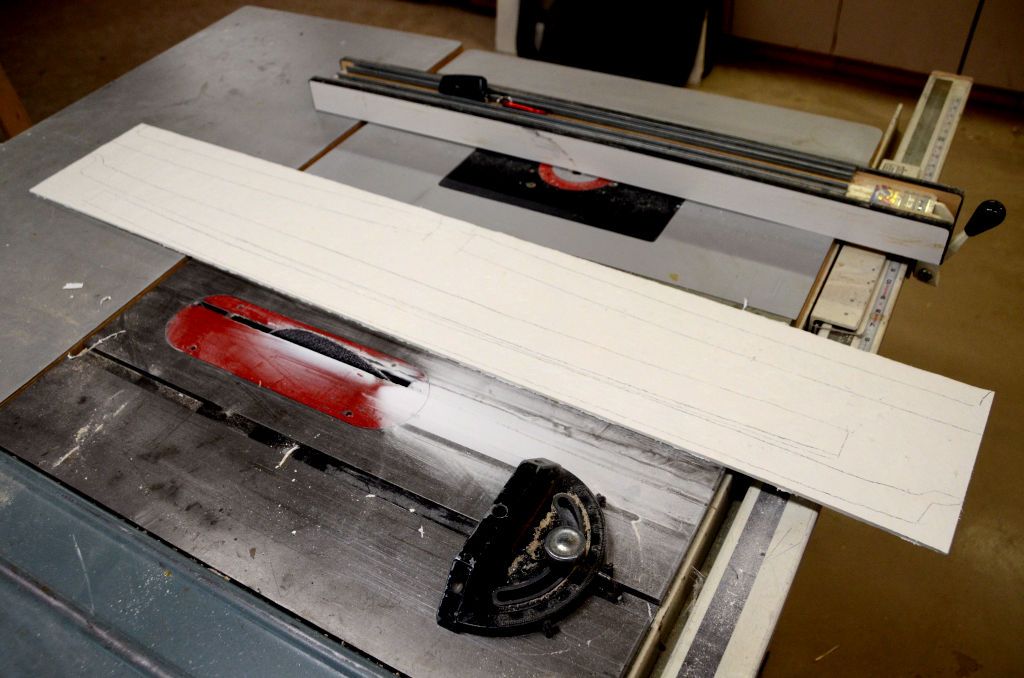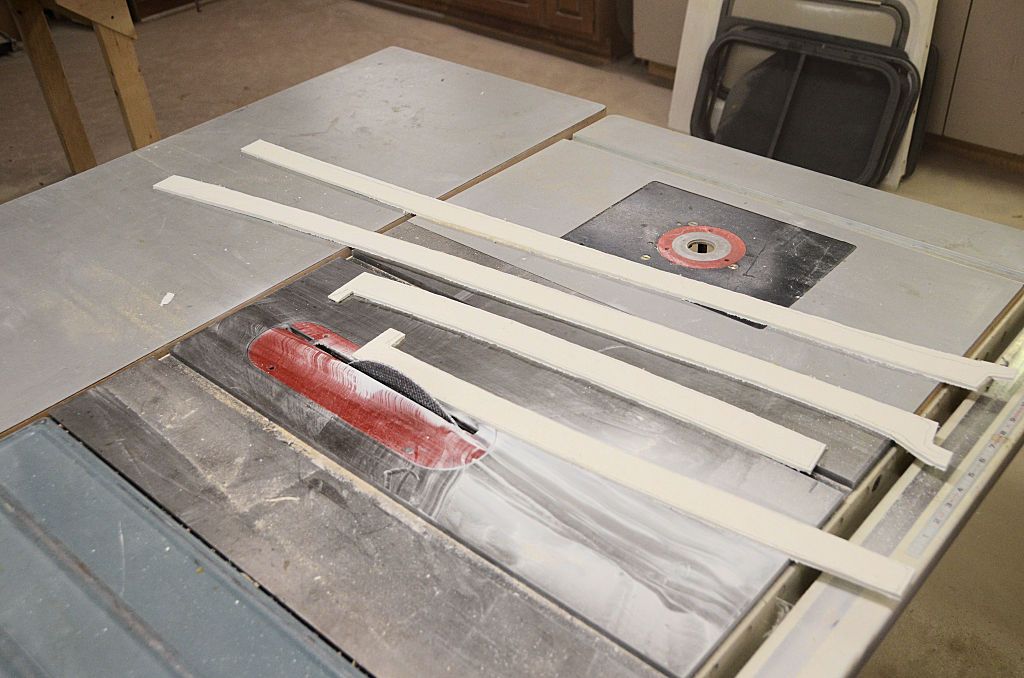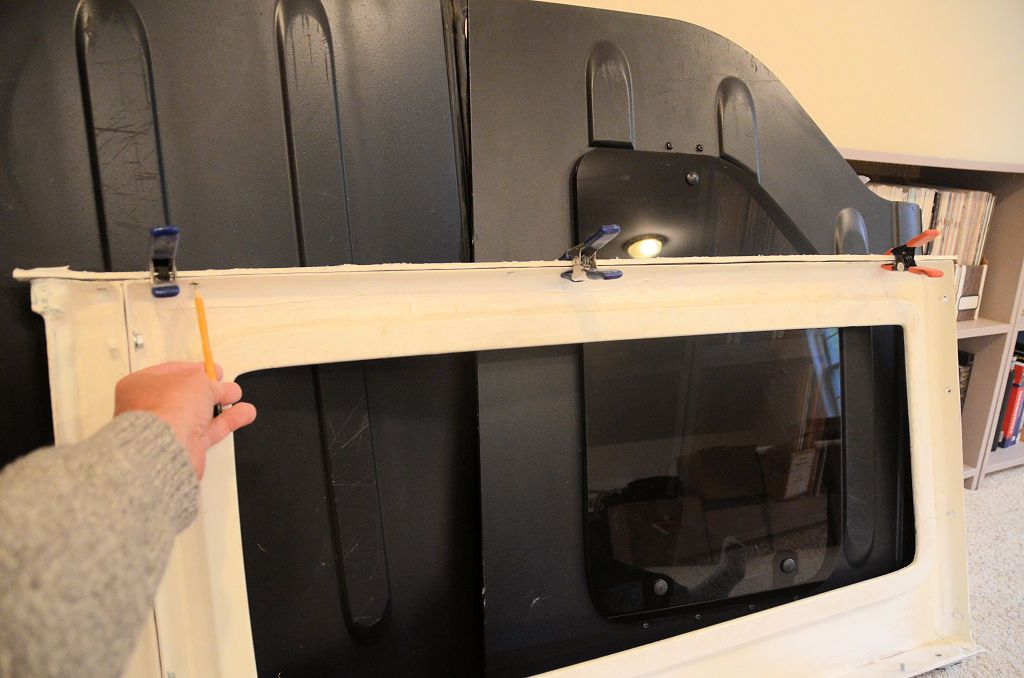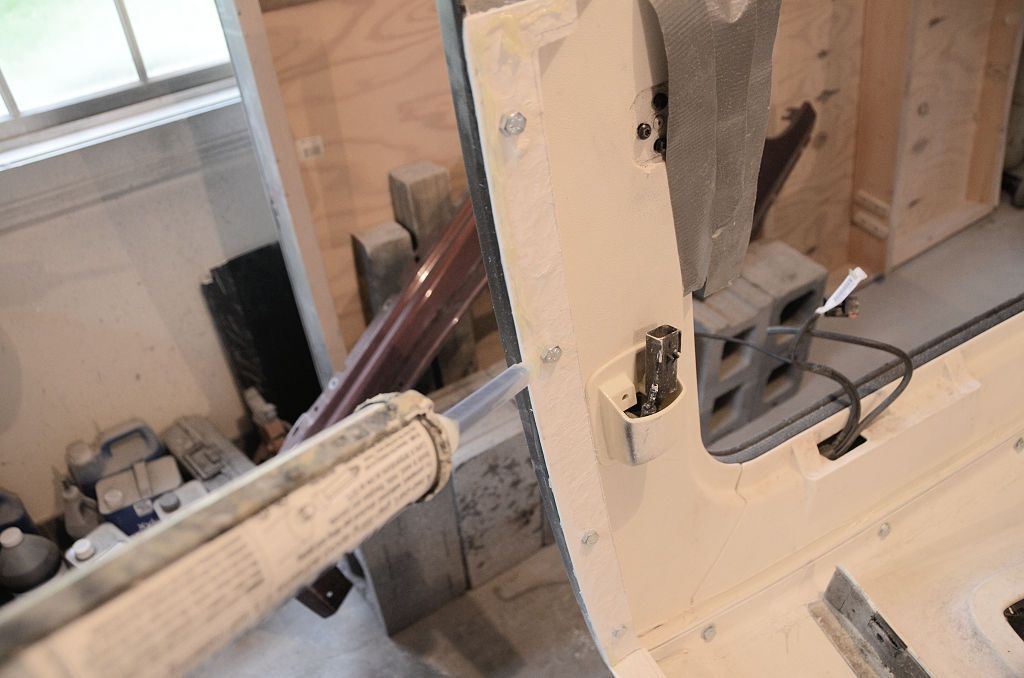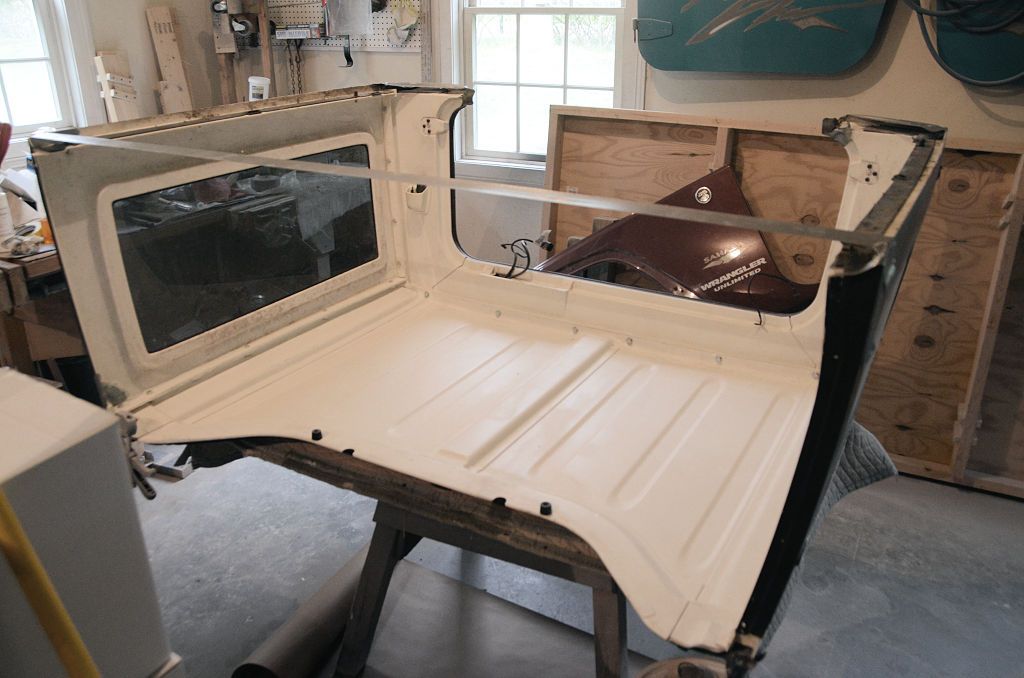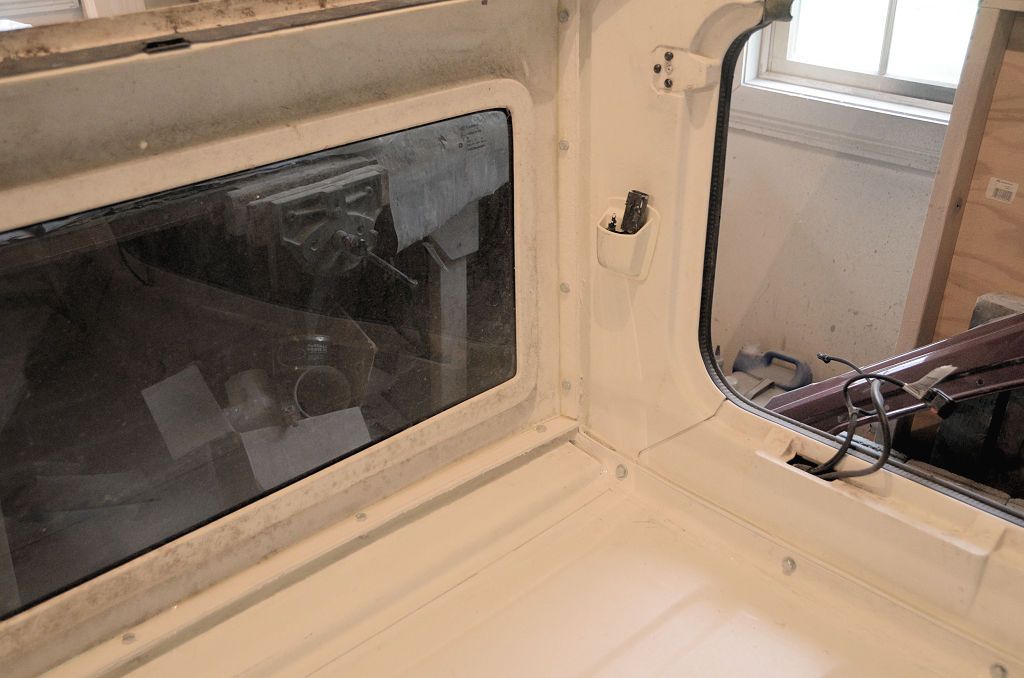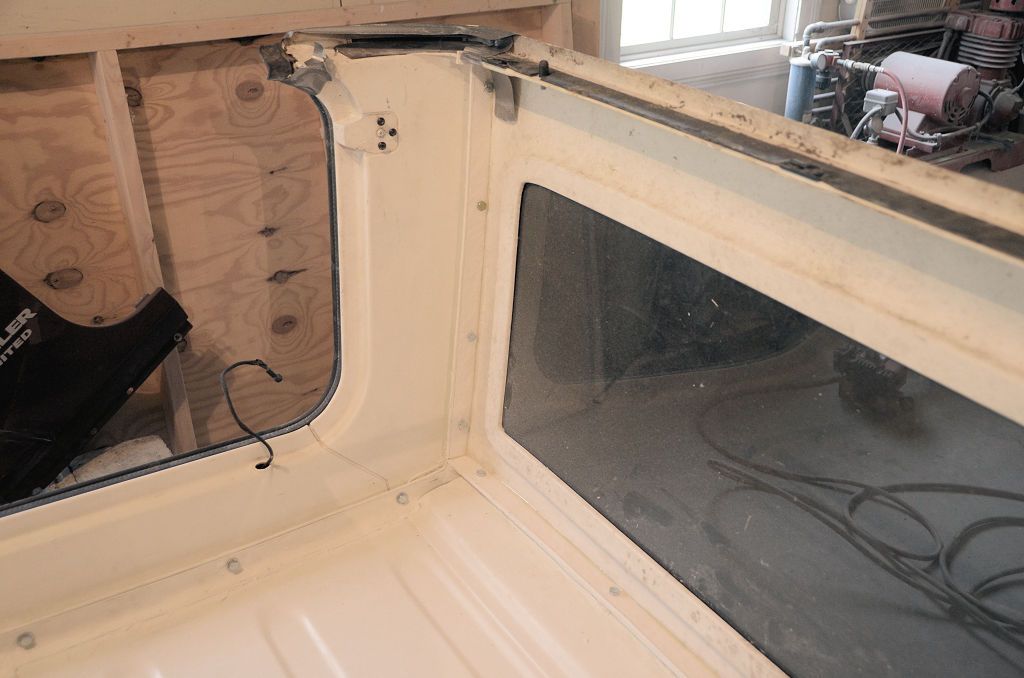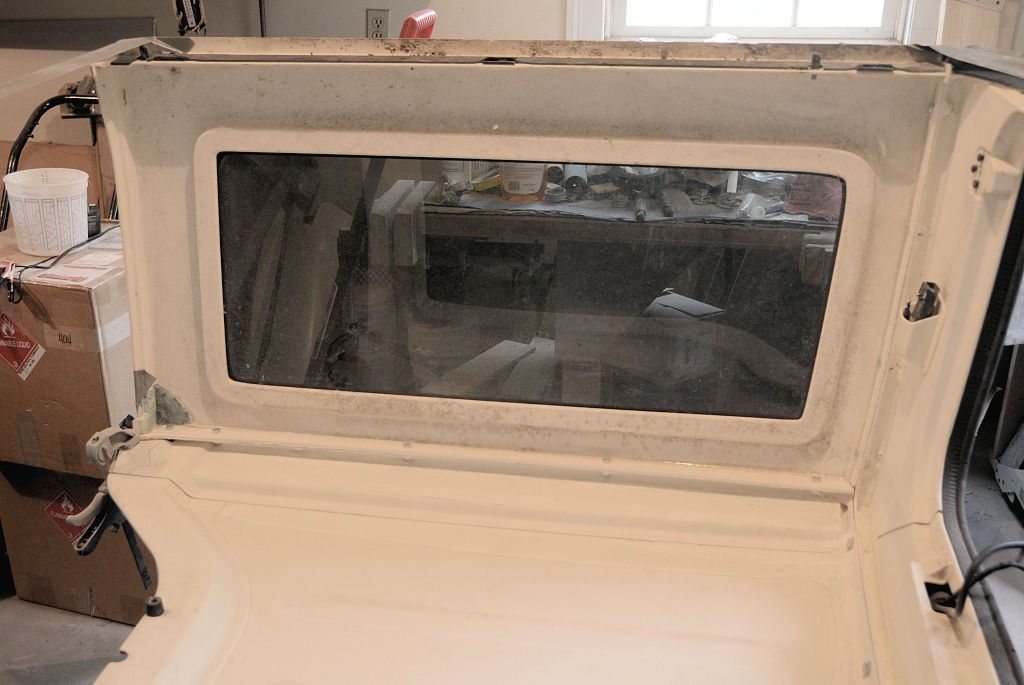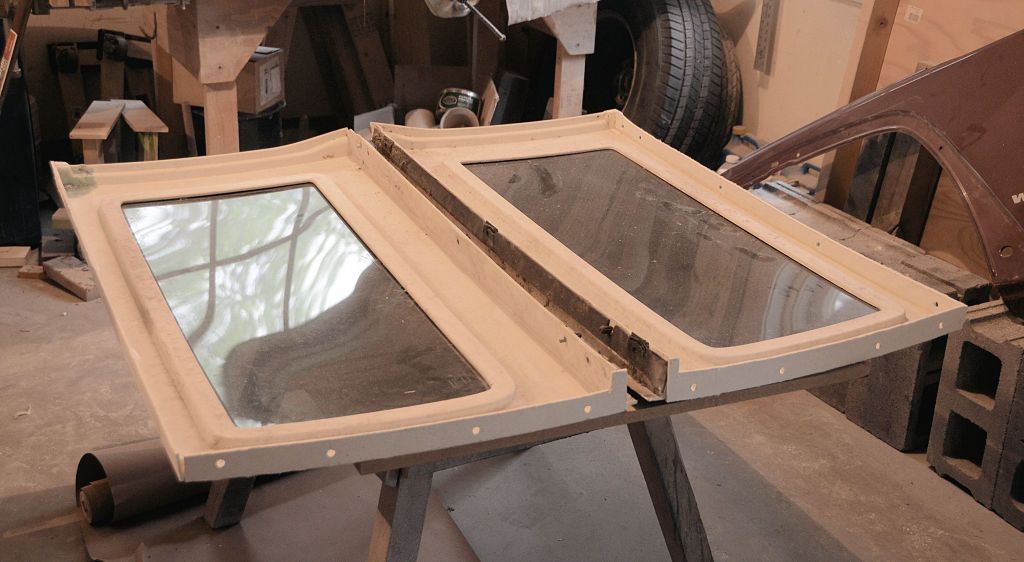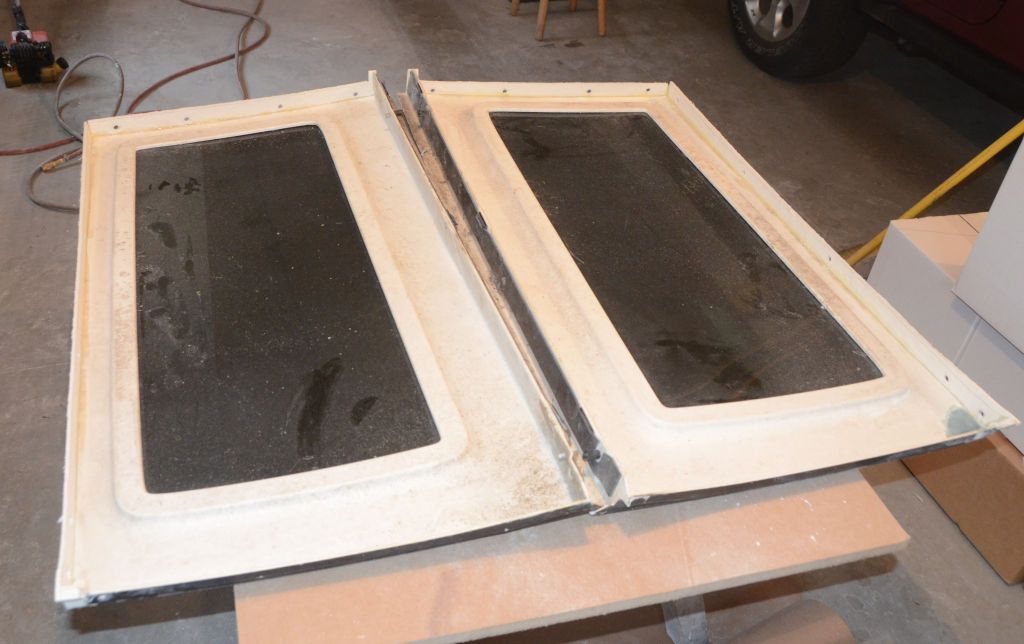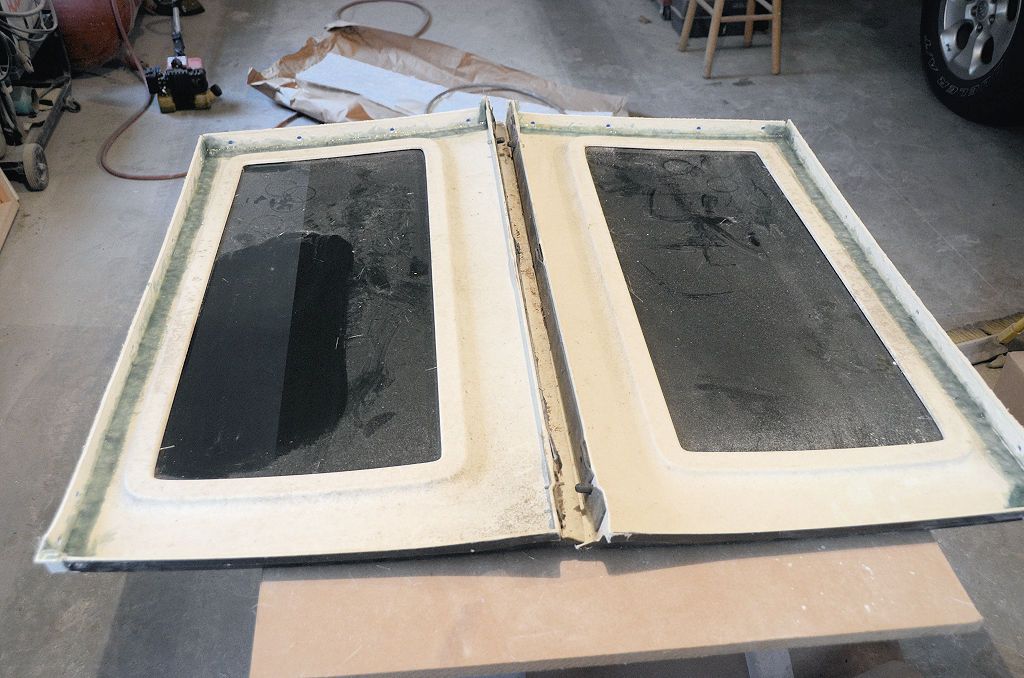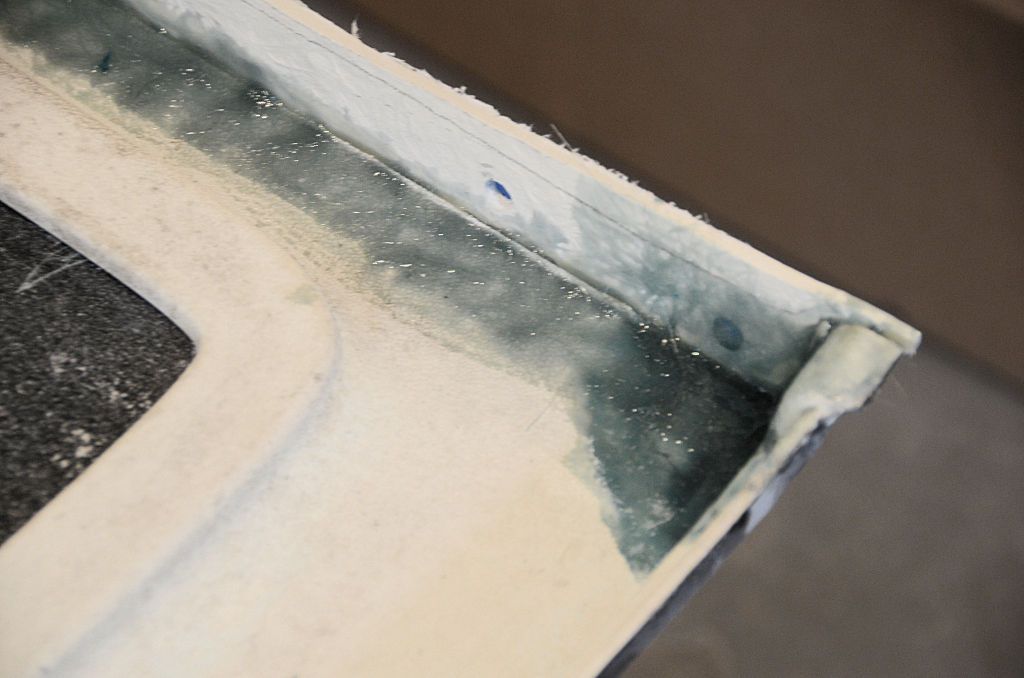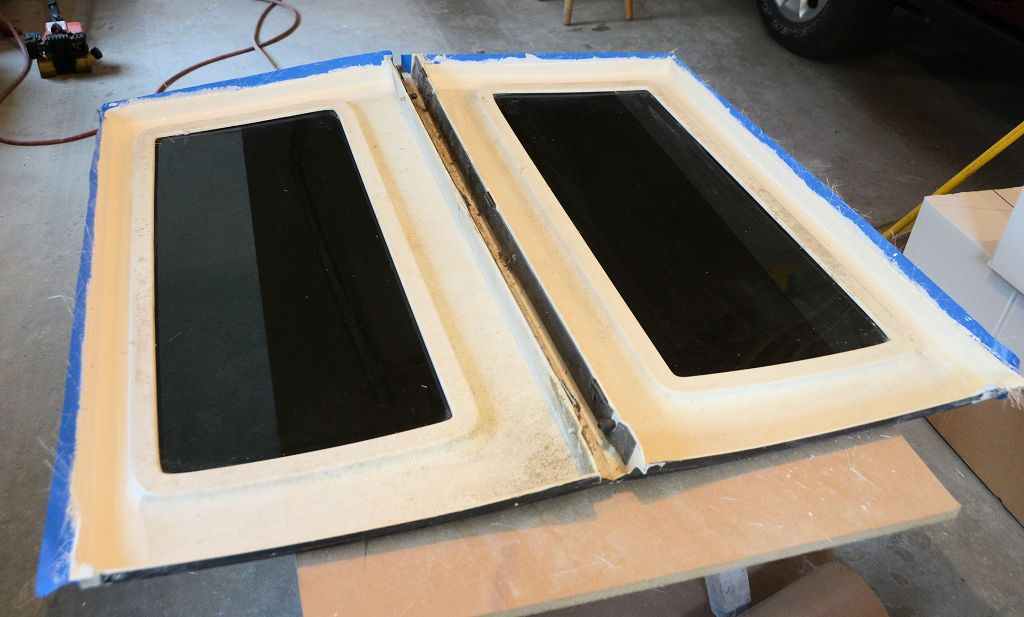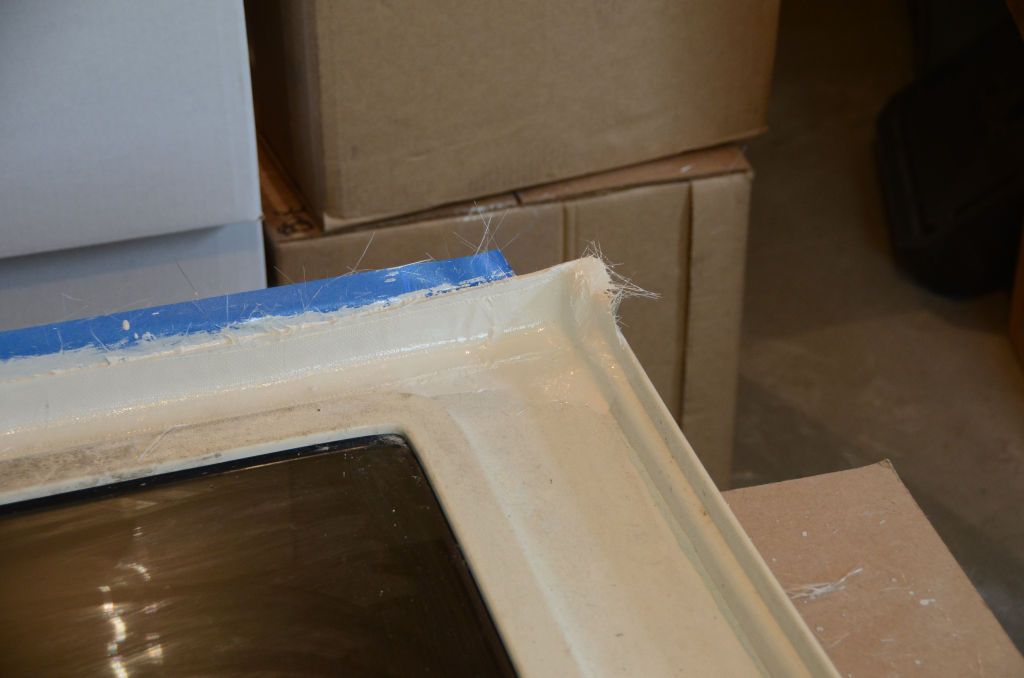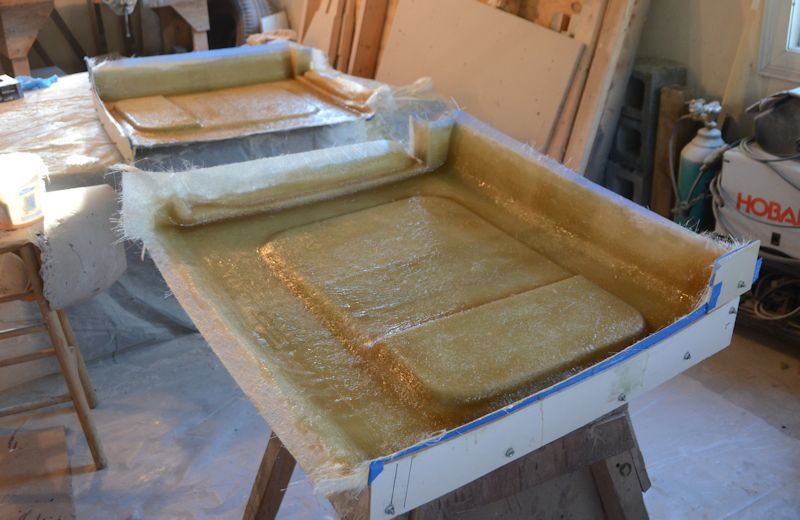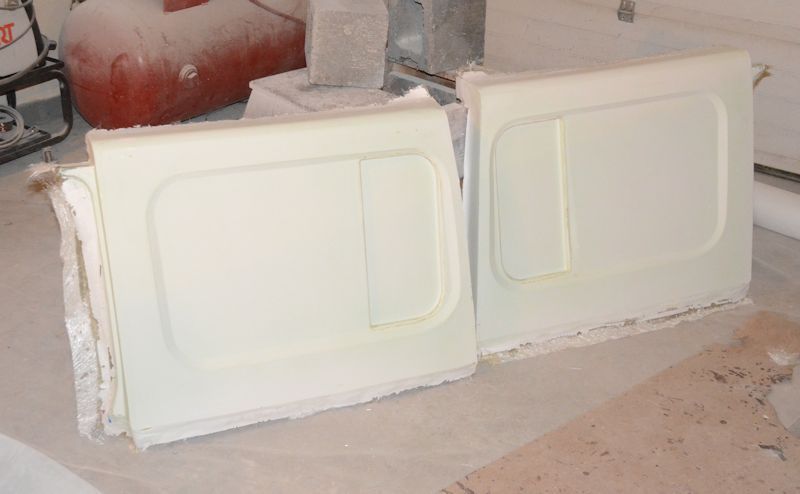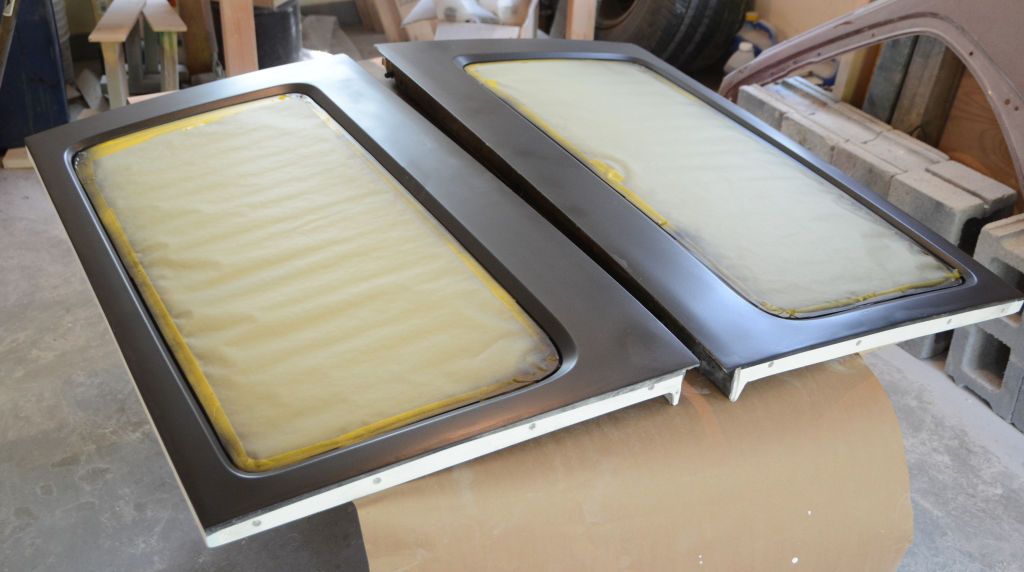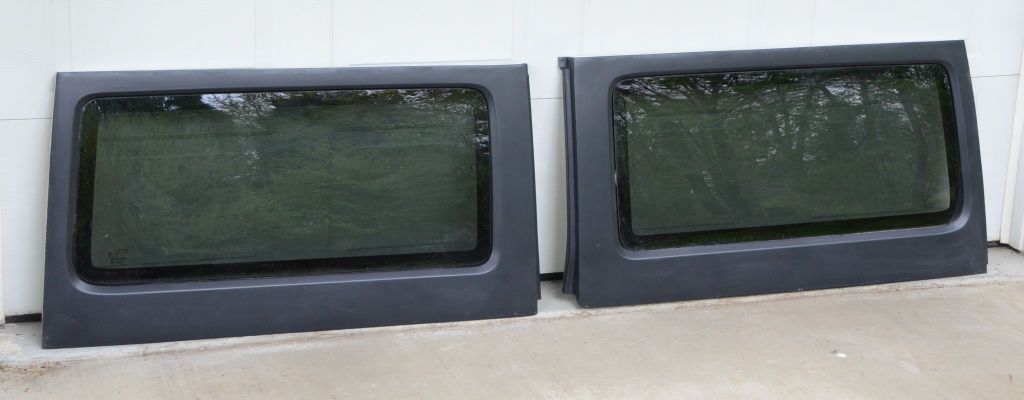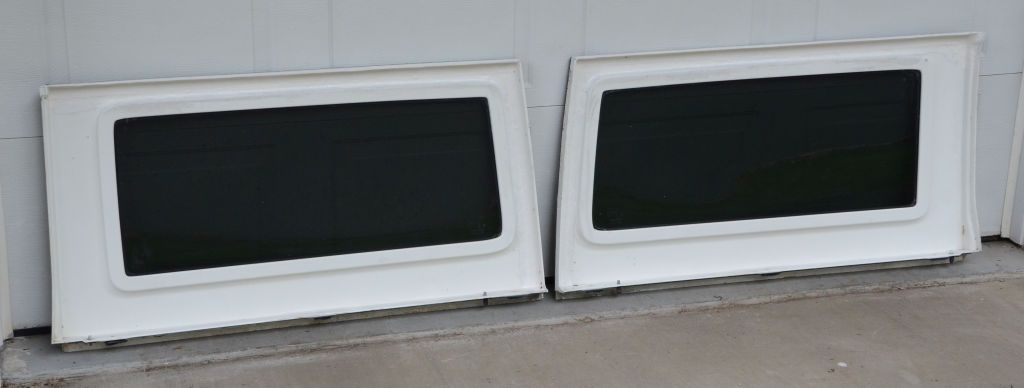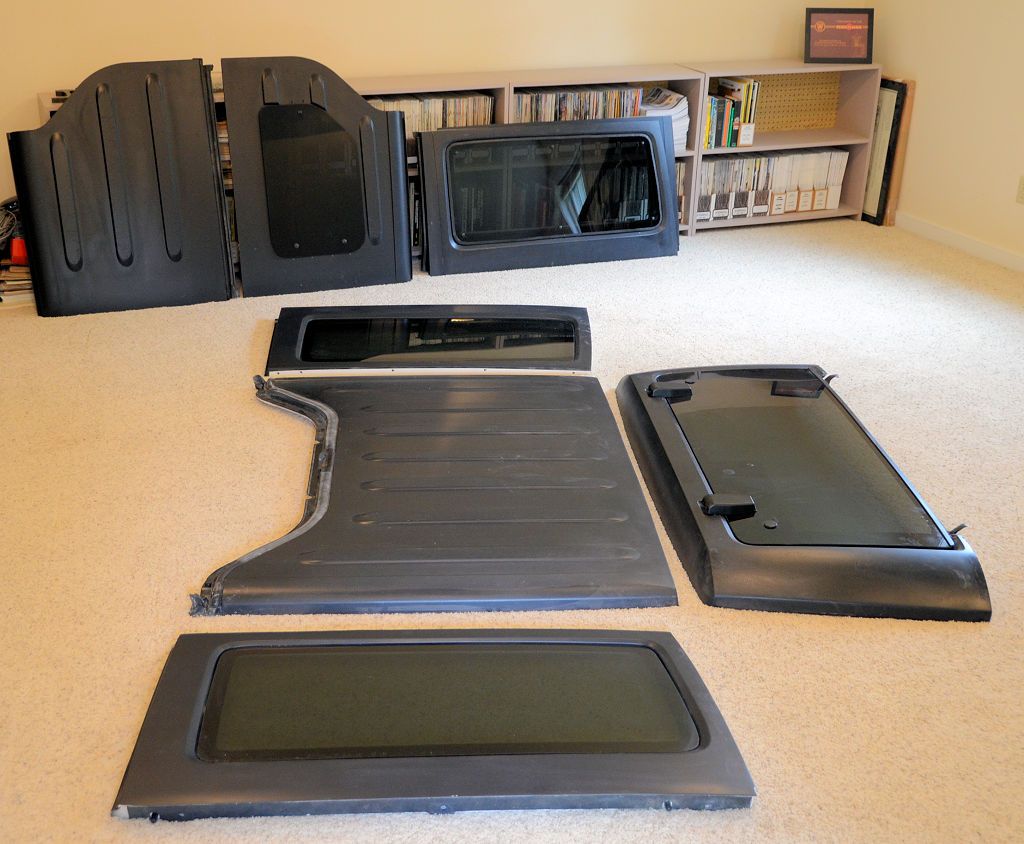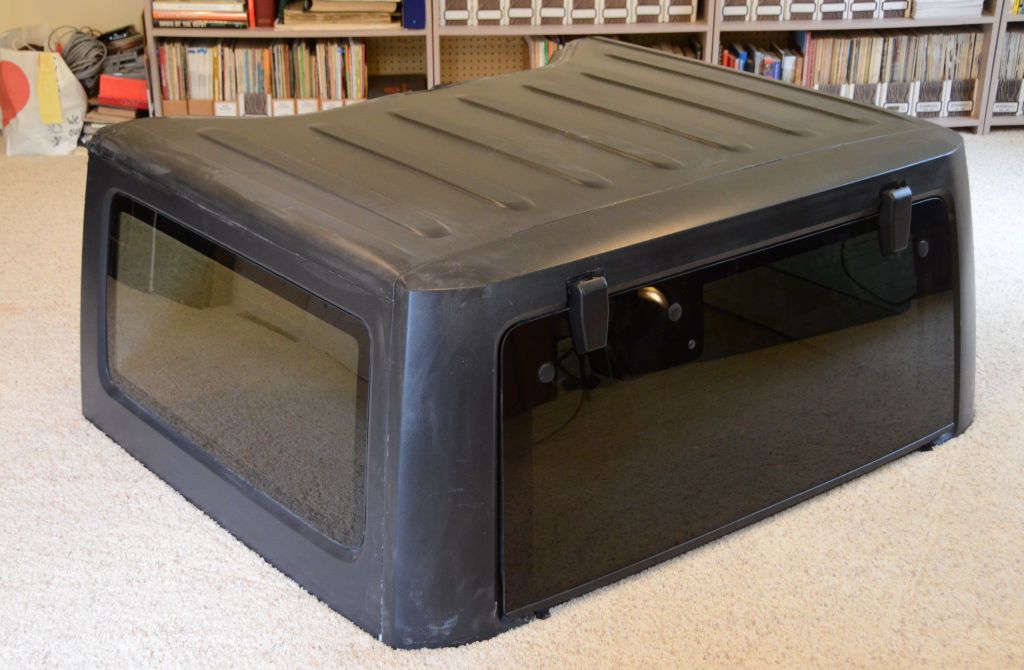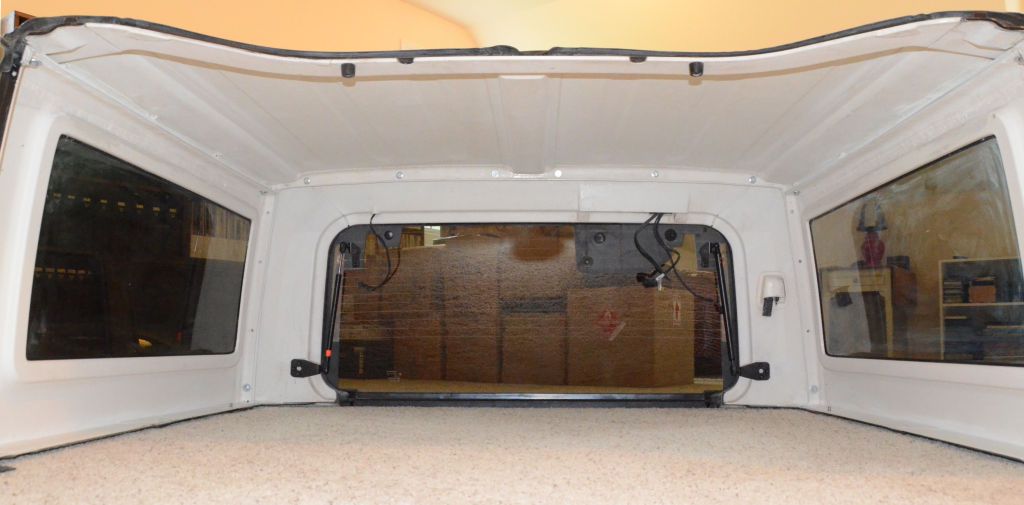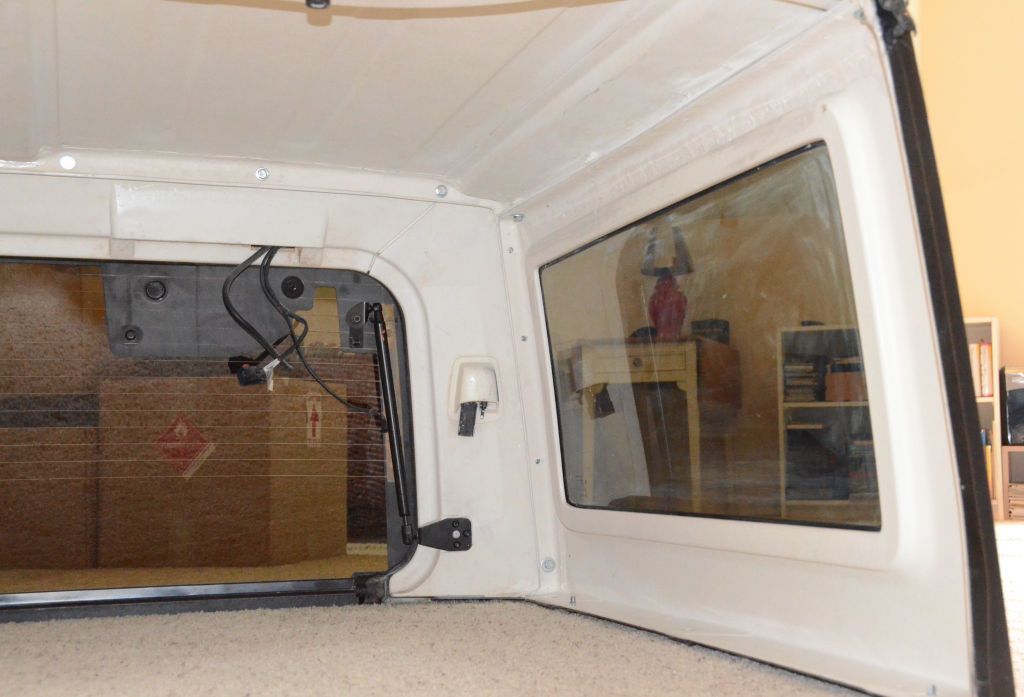jscherb
Expedition Leader
Since the factory modular hardtop already has bolt flanges on the roof and the back panel, the best way to add perfectly matching bolt flanges to these side panels is to make them separately and bond them in place on the new side panels. I've shown how to make the flanges as separate pieces before: http://forum.expeditionportal.com/t...-JKU-hardtop-to-modular?p=2124546#post2124546
I've laid up new flange stock on waxed paper; when it's cured I'll cut flanges to size out of it. I tinted the resin white so no painting will be required later.
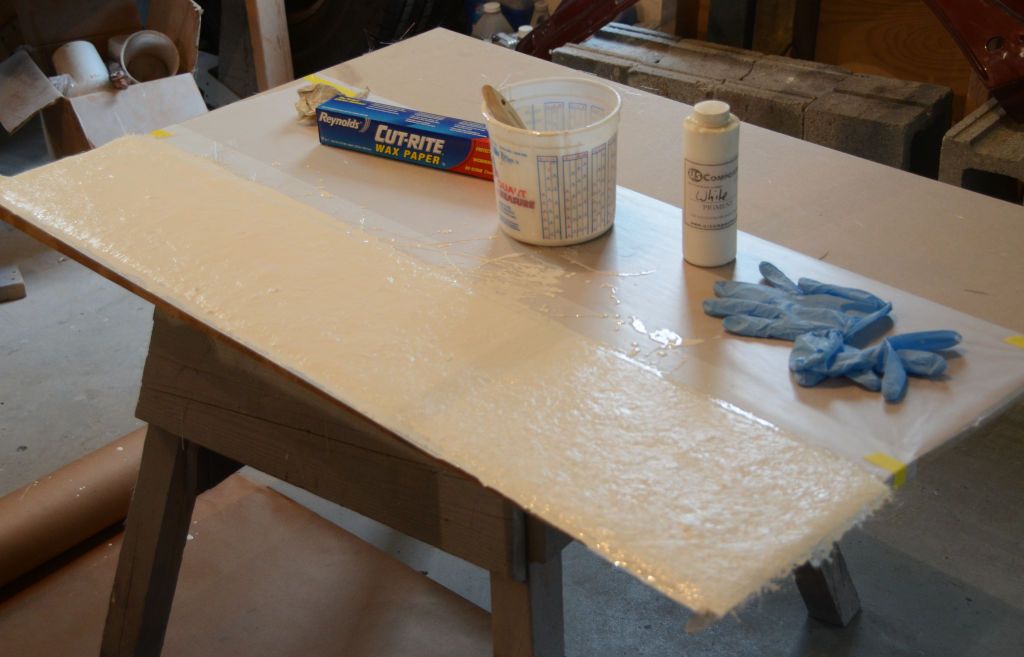
I've laid up new flange stock on waxed paper; when it's cured I'll cut flanges to size out of it. I tinted the resin white so no painting will be required later.




